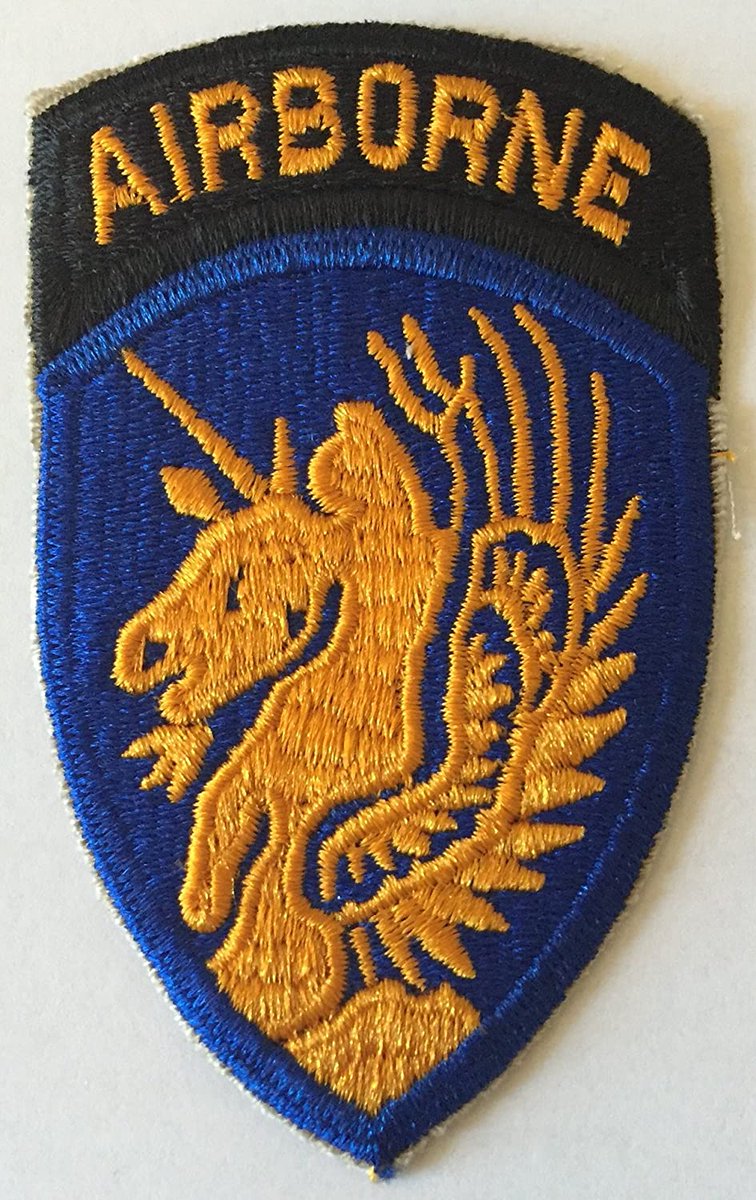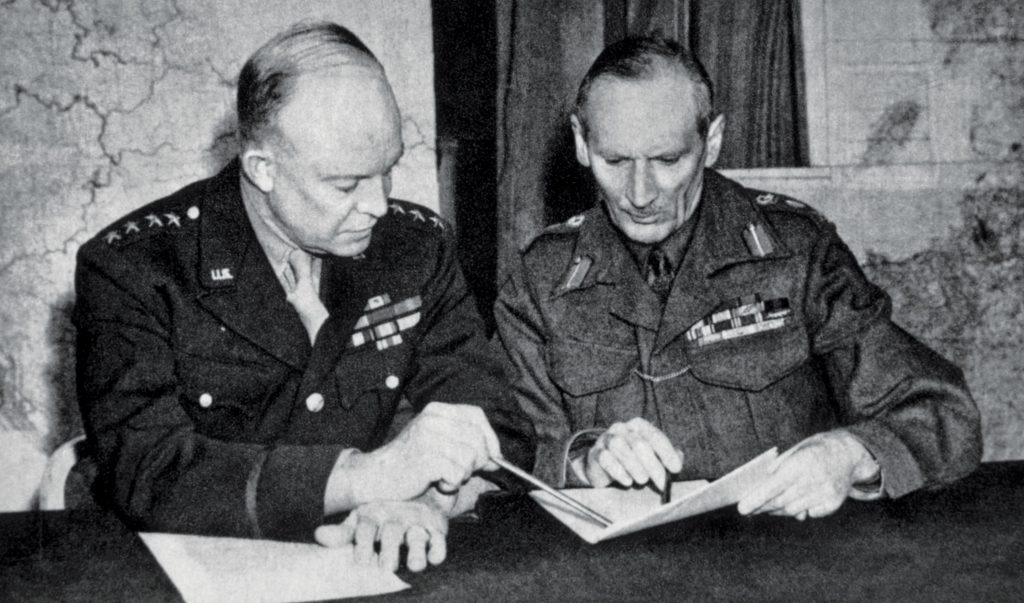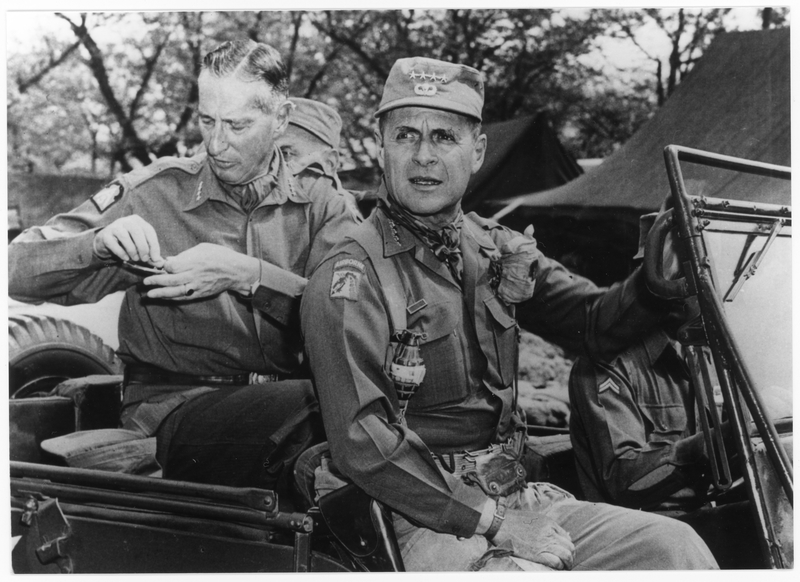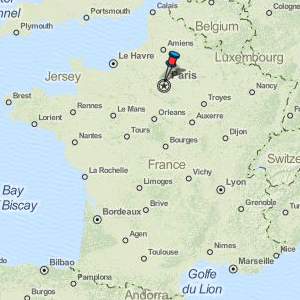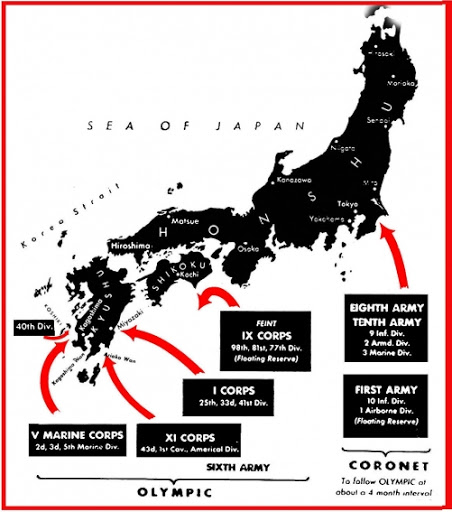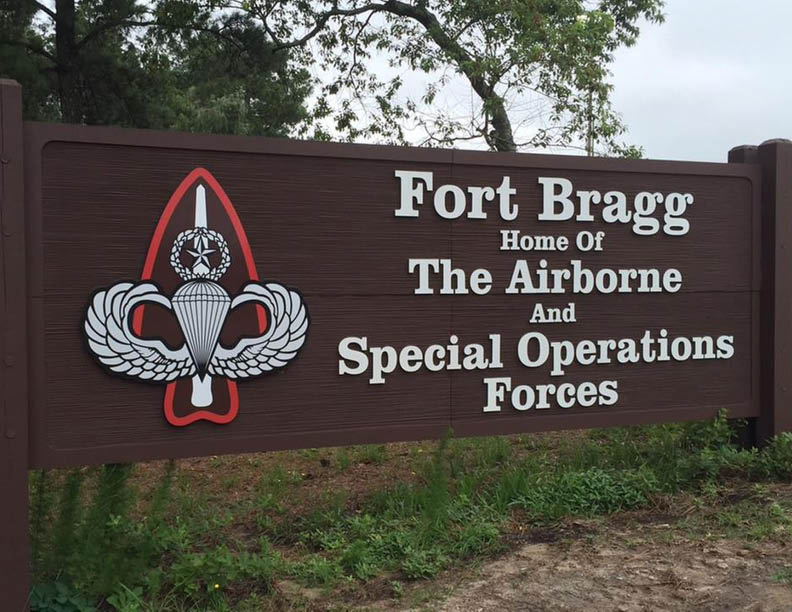2 of 56
It& #39;s National Airborne Week https://abs.twimg.com/emoji/v2/... draggable="false" alt="™️" title="Registered-Trade-Mark-Symbol" aria-label="Emoji: Registered-Trade-Mark-Symbol"> (presented by XVIII Airborne Corps) and all week we& #39;re celebrating the American Paratrooper.
https://abs.twimg.com/emoji/v2/... draggable="false" alt="™️" title="Registered-Trade-Mark-Symbol" aria-label="Emoji: Registered-Trade-Mark-Symbol"> (presented by XVIII Airborne Corps) and all week we& #39;re celebrating the American Paratrooper.
It& #39;s National Airborne Week
3 of 56
America’s Airborne legacy really took shape during WWII, with the formation of the Airborne Division for Europe and the Pacific and our daring parachute assaults into Normandy and Nijmegen.
America’s Airborne legacy really took shape during WWII, with the formation of the Airborne Division for Europe and the Pacific and our daring parachute assaults into Normandy and Nijmegen.
4 of 56
The country knows all about the 82d and the 101st and their airborne assaults in Normandy and Nijmegen.
The country knows all about the 82d and the 101st and their airborne assaults in Normandy and Nijmegen.
5 of 56
Some hard-core airborne folks know about the 17th Airborne Division and its single combat assault into Wesel, Germany.
Some hard-core airborne folks know about the 17th Airborne Division and its single combat assault into Wesel, Germany.
6 of 56
Some of our real nerds know about the 11th Airborne Division (one parachute regiment, two glider regiments), formed for airborne insertion into the Pacific.
Some of our real nerds know about the 11th Airborne Division (one parachute regiment, two glider regiments), formed for airborne insertion into the Pacific.
7 of 56
While the 11th never conducted a division-sized airborne assault, it did jump its one parachute regiment into combat and it did fight as traditional infantry throughout the war.
While the 11th never conducted a division-sized airborne assault, it did jump its one parachute regiment into combat and it did fight as traditional infantry throughout the war.
8 of 56
But no one….not even hard core nerds...know about the 13th Airborne Division.
But no one….not even hard core nerds...know about the 13th Airborne Division.
11 of 56
Nicknamed the “Black Cat Division” due to the classic superstition surrounding the number 13, the 13th Airborne Division was activated on Friday the 13th, in August 1943.
Nicknamed the “Black Cat Division” due to the classic superstition surrounding the number 13, the 13th Airborne Division was activated on Friday the 13th, in August 1943.
12 of 56
Let’s see here…. Entered Combat. Oh. No Combat. Well that’s interesting.
https://history.army.mil/documents/ETO-OB/13ABD-ETO.htm">https://history.army.mil/documents...
Let’s see here…. Entered Combat. Oh. No Combat. Well that’s interesting.
https://history.army.mil/documents/ETO-OB/13ABD-ETO.htm">https://history.army.mil/documents...
14 of 56
No casualties? https://abs.twimg.com/emoji/v2/... draggable="false" alt="🤨" title="Gesicht mit hochgezogener Augenbraue" aria-label="Emoji: Gesicht mit hochgezogener Augenbraue">
https://abs.twimg.com/emoji/v2/... draggable="false" alt="🤨" title="Gesicht mit hochgezogener Augenbraue" aria-label="Emoji: Gesicht mit hochgezogener Augenbraue">
I feel like “Did not enter combat” is a little much, like the last two lines weren’t emphatic enough.
No casualties?
I feel like “Did not enter combat” is a little much, like the last two lines weren’t emphatic enough.
17 of 56
Individual Awards: Zer--oh. Wait a minute. Six Legions of Merit and 39 Bronze Stars?
https://www.armydivs.com/13th-airborne-division">https://www.armydivs.com/13th-airb...
Individual Awards: Zer--oh. Wait a minute. Six Legions of Merit and 39 Bronze Stars?
https://www.armydivs.com/13th-airborne-division">https://www.armydivs.com/13th-airb...
18 of 56
Are we dealing with Stolen Valor?
Are we dealing with Stolen Valor?
19 of 56
Probably not. It seems part of the units in 13th Airborne Division had seen combat before being assigned to the unlucky 13th.
Probably not. It seems part of the units in 13th Airborne Division had seen combat before being assigned to the unlucky 13th.
20 of 56
The 13th was picked last for every airborne operation of WWII following Operation Market Garden, the (unlucky) 13th watched from the sidelines while the All Americans and the Screaming Eagles soaked up all the glory.
The 13th was picked last for every airborne operation of WWII following Operation Market Garden, the (unlucky) 13th watched from the sidelines while the All Americans and the Screaming Eagles soaked up all the glory.
21 of 56
Hell, even the 11th - with their one combat jump - has a book!!! [and it’s a REALLY good one]
Hell, even the 11th - with their one combat jump - has a book!!! [and it’s a REALLY good one]
22 of 56
If the 13th Airborne Division wrote a WWII history narrative of the unit, a fitting title would be “We Existed!,” because that’s about all they did.
If the 13th Airborne Division wrote a WWII history narrative of the unit, a fitting title would be “We Existed!,” because that’s about all they did.
23 of 56
The Division’s history is pretty much this: every time they got ready to jump into combat, the battle ended before they could participate. So, let’s look at how all this unfolded.
The Division’s history is pretty much this: every time they got ready to jump into combat, the battle ended before they could participate. So, let’s look at how all this unfolded.
24 of 56
The 13th was formed in August of 1943 as the 4th Airborne Division for Europe (the 82d, 101st, and 11th were already formed). At the time, we didn’t know how many of these units we needed or would need.
The 13th was formed in August of 1943 as the 4th Airborne Division for Europe (the 82d, 101st, and 11th were already formed). At the time, we didn’t know how many of these units we needed or would need.
25 of 56
Army Chief of Staff George Marshall thought it better to have an extra Airborne Division and not need it, than to need one for a massive assault and not have one ready to go.
Army Chief of Staff George Marshall thought it better to have an extra Airborne Division and not need it, than to need one for a massive assault and not have one ready to go.
26 of 56
The 13th was the first airborne unit on Fort Bragg….ever! Unlike the 82d Airborne (formed in Louisiana), the 13th actually started at the “Home of the Airborne.”
The 13th was the first airborne unit on Fort Bragg….ever! Unlike the 82d Airborne (formed in Louisiana), the 13th actually started at the “Home of the Airborne.”
27 of 56
The division& #39;s shoulder patch was a winged unicorn in orange on an ultramarine blue (the branch of service colors of the United States Army Air Corps) with a gold on black "Airborne" tab above the insignia.
The division& #39;s shoulder patch was a winged unicorn in orange on an ultramarine blue (the branch of service colors of the United States Army Air Corps) with a gold on black "Airborne" tab above the insignia.
28 of 56
The unicorn signified the qualities of virtue, courage and strength. The horn of the unicorn signified extreme courage.
The unicorn signified the qualities of virtue, courage and strength. The horn of the unicorn signified extreme courage.
29 of 56
The unicorn was winged to represent its travel in the air as "Airborne." The blue background is the color of the Infantry, which is the basic arm of the Division, and also indicated the sky, which is the selected medium of travel for the Division.
The unicorn was winged to represent its travel in the air as "Airborne." The blue background is the color of the Infantry, which is the basic arm of the Division, and also indicated the sky, which is the selected medium of travel for the Division.
30 of 56
Throughout the end of 1943, they formed, acquired equipment, and brought in draftees and volunteers. Then throughout all of 1944, they basically trained on small unit tactics and large-scale airborne operations.
Throughout the end of 1943, they formed, acquired equipment, and brought in draftees and volunteers. Then throughout all of 1944, they basically trained on small unit tactics and large-scale airborne operations.
31 of 56
Since only two US Divisions (the 82d and the 101st) were needed for D-Day and Market Garden, the 13th remained on Fort Bragg.
Since only two US Divisions (the 82d and the 101st) were needed for D-Day and Market Garden, the 13th remained on Fort Bragg.
32 of 56
In January, as the Battle of the Bulge raged, Eisenhower and Montgomery considered the possibility of jumping the entire 13th Division behind the Panzer forces in the Ardennes Forest. The division was brought from Fort Bragg to Europe for this possibility.
In January, as the Battle of the Bulge raged, Eisenhower and Montgomery considered the possibility of jumping the entire 13th Division behind the Panzer forces in the Ardennes Forest. The division was brought from Fort Bragg to Europe for this possibility.
33 of 56
In February 1945, the 13th Division arrived in France. It was placed under the command of the First Allied Airborne Army.
In February 1945, the 13th Division arrived in France. It was placed under the command of the First Allied Airborne Army.
34 of 56
General Elbridge Chapman, deputy commander of the 101st Airborne Division (he was played by David Andrews in “Band of Brothers”), was given a 2nd star and command of the 13th.
General Elbridge Chapman, deputy commander of the 101st Airborne Division (he was played by David Andrews in “Band of Brothers”), was given a 2nd star and command of the 13th.
35 of 56
The campaign in the Ardennes ended before the division could be transported there. So, they missed that one.
The campaign in the Ardennes ended before the division could be transported there. So, they missed that one.
36 of 56
The next chance for the 13th to participate in an airborne operation was Operation Varsity, the planned airborne assault across the Rhine River.
The next chance for the 13th to participate in an airborne operation was Operation Varsity, the planned airborne assault across the Rhine River.
37 of 56
British I Airborne Corps commander Major General Richard Gale, the planner for Varsity, wanted both the US 13th & 17th Airborne Divisions, as well as the British 6th Airborne Division for the operation.
British I Airborne Corps commander Major General Richard Gale, the planner for Varsity, wanted both the US 13th & 17th Airborne Divisions, as well as the British 6th Airborne Division for the operation.
39 of 56
Ridgway, however, didn’t see the need for three divisions; the US 17th and the British 6th could get it done.
Ridgway, however, didn’t see the need for three divisions; the US 17th and the British 6th could get it done.
40 of 56
Ridgway was concerned that the Air Corps wouldn’t be able to transport all three divisions and would request to delay the operation. Plus, he wasn’t sure the untested 13th was really ready.
Ridgway was concerned that the Air Corps wouldn’t be able to transport all three divisions and would request to delay the operation. Plus, he wasn’t sure the untested 13th was really ready.
41 of 56
So, Ridgway put the 13th in a “reserve” status for Varsity, waiting in Oise, France (marked on this map...it& #39;s JUST outside Paris). He never called in the reserve and they never left France.
So, Ridgway put the 13th in a “reserve” status for Varsity, waiting in Oise, France (marked on this map...it& #39;s JUST outside Paris). He never called in the reserve and they never left France.
42 of 56
The division was scheduled to participate in several other airborne operations into Germany (Worms, Stuttgart, and the Kassel region of Northern Germany); however, these were all cancelled before they could take place.
The division was scheduled to participate in several other airborne operations into Germany (Worms, Stuttgart, and the Kassel region of Northern Germany); however, these were all cancelled before they could take place.
43 of 56
The war ended before they could ever see combat. The 16,000 men of the 13th Airborne Division trained in the Fort Bragg heat, deployed to France, moved into position multiple times….and were never used.
The war ended before they could ever see combat. The 16,000 men of the 13th Airborne Division trained in the Fort Bragg heat, deployed to France, moved into position multiple times….and were never used.
44 of 56
But, then….
But, then….
45 of 56
After the war in Europe ended in May 1945, the 13th Airborne Division received an intertheater transfer. The Flying Unicorn was going to jump into mainland Japan (alongside the 11th Airborne Division) and end the war in the Pacific!
After the war in Europe ended in May 1945, the 13th Airborne Division received an intertheater transfer. The Flying Unicorn was going to jump into mainland Japan (alongside the 11th Airborne Division) and end the war in the Pacific!
46 of 56
The War Department figured the 82d and the 101st were not exactly in shape for a whole new war. The 13th was fresh. They were trained but untested. But a ground war in Japan was going to be a bloodbath regardless of who went.
The War Department figured the 82d and the 101st were not exactly in shape for a whole new war. The 13th was fresh. They were trained but untested. But a ground war in Japan was going to be a bloodbath regardless of who went.
47 of 56
So, in July and August 1945, the 13th went to Berlin and waited to move into the Pacific to position to jump into Japan.
So, in July and August 1945, the 13th went to Berlin and waited to move into the Pacific to position to jump into Japan.
49 of 56
So, the 13th comes back to Fort Bragg. The Army thanks it for its service, transfers almost all of its people to the 82d Airborne Division, and inactivates its guidon in February 1946.
So, the 13th comes back to Fort Bragg. The Army thanks it for its service, transfers almost all of its people to the 82d Airborne Division, and inactivates its guidon in February 1946.
50 of 56
The 13th effectively became the post-WWII 82d Airborne Division as almost all of the 82d’s paratroopers and glidermen left the Army or rotated to non-combat assignments.
The 13th effectively became the post-WWII 82d Airborne Division as almost all of the 82d’s paratroopers and glidermen left the Army or rotated to non-combat assignments.
51 of 56
The Flying Unicorn was never heard from again and, were it not for this twitter thread, would have been completely lost to history. So… you’re welcome.
The Flying Unicorn was never heard from again and, were it not for this twitter thread, would have been completely lost to history. So… you’re welcome.
52 of 56
Now, be honest: how many of you are just now hearing about the 13th Airborne Division?
Now, be honest: how many of you are just now hearing about the 13th Airborne Division?
53 of 56
But, we thank them this National Airborne Week https://abs.twimg.com/emoji/v2/... draggable="false" alt="™️" title="Registered-Trade-Mark-Symbol" aria-label="Emoji: Registered-Trade-Mark-Symbol"> presented by XVIII Airborne Corps. they never jumped into combat (hell, neither has the author of this thread!), they volunteered to do so. They are forever part of the Brotherhood and Sisterhood of the Silk!
https://abs.twimg.com/emoji/v2/... draggable="false" alt="™️" title="Registered-Trade-Mark-Symbol" aria-label="Emoji: Registered-Trade-Mark-Symbol"> presented by XVIII Airborne Corps. they never jumped into combat (hell, neither has the author of this thread!), they volunteered to do so. They are forever part of the Brotherhood and Sisterhood of the Silk!
But, we thank them this National Airborne Week
54 of 56
There’s a book here, available as a PDF download, about the 13th Airborne Division, for those that like this sort of thing. 13th Airborne Division (1949)
https://digicom.bpl.lib.me.us/cgi/viewcontent.cgi?article=1182&context=ww_reg_his">https://digicom.bpl.lib.me.us/cgi/viewc...
There’s a book here, available as a PDF download, about the 13th Airborne Division, for those that like this sort of thing. 13th Airborne Division (1949)
https://digicom.bpl.lib.me.us/cgi/viewcontent.cgi?article=1182&context=ww_reg_his">https://digicom.bpl.lib.me.us/cgi/viewc...
55 of 56
And we HIGHLY recommend this incredible book that covers the 13th& #39;s training for Varsity and the decisions that led to its placement on reserve status for that operation.
And we HIGHLY recommend this incredible book that covers the 13th& #39;s training for Varsity and the decisions that led to its placement on reserve status for that operation.
56 of 56
~fin~
~fin~

 Read on Twitter
Read on Twitter

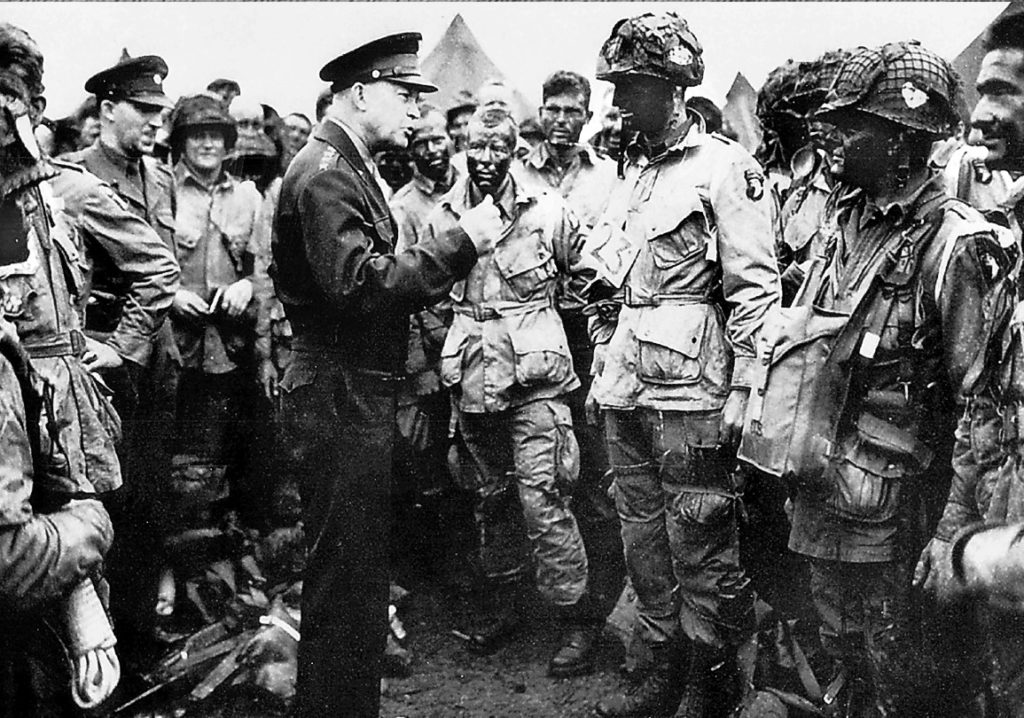
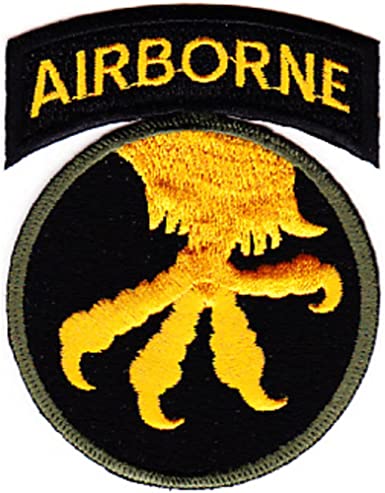

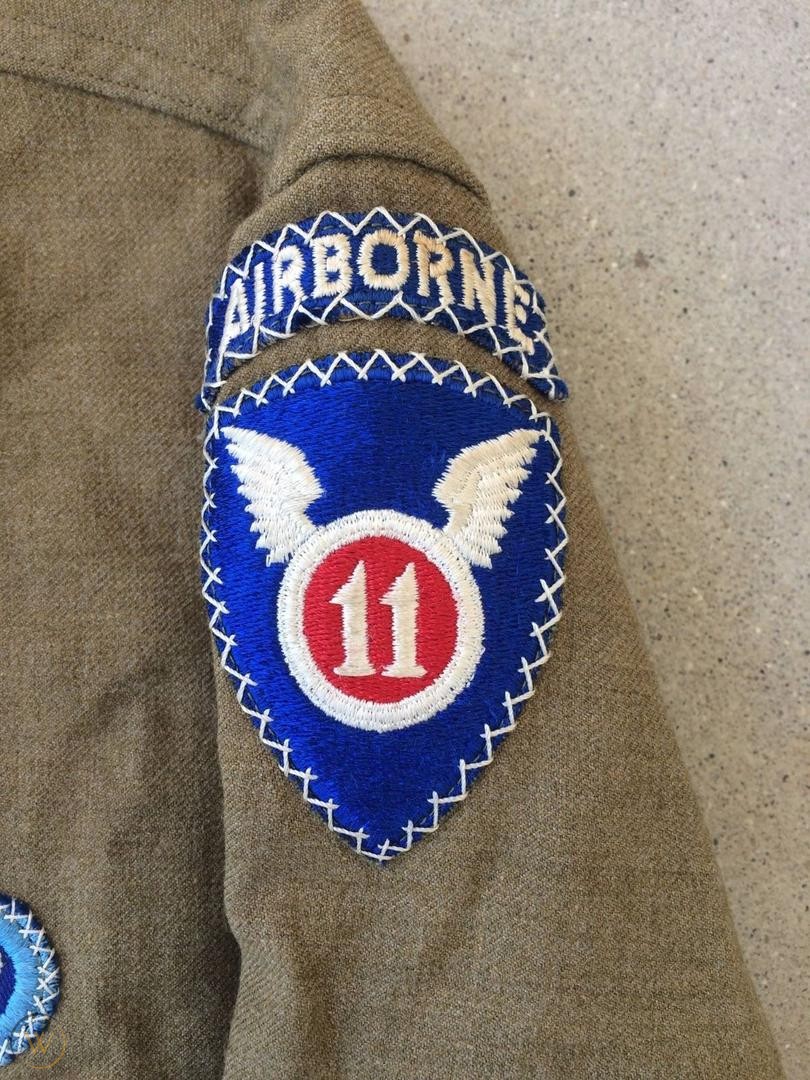
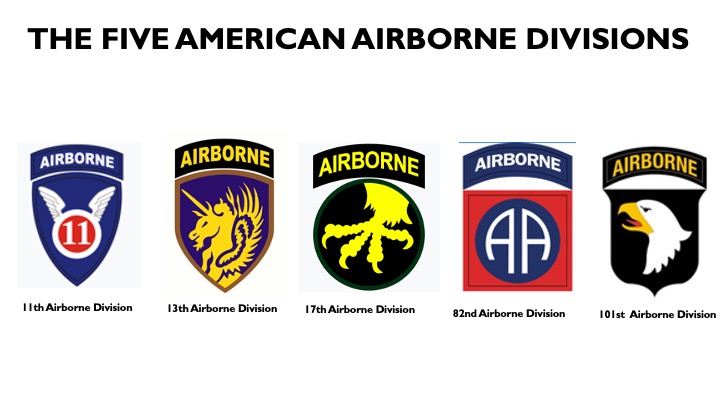

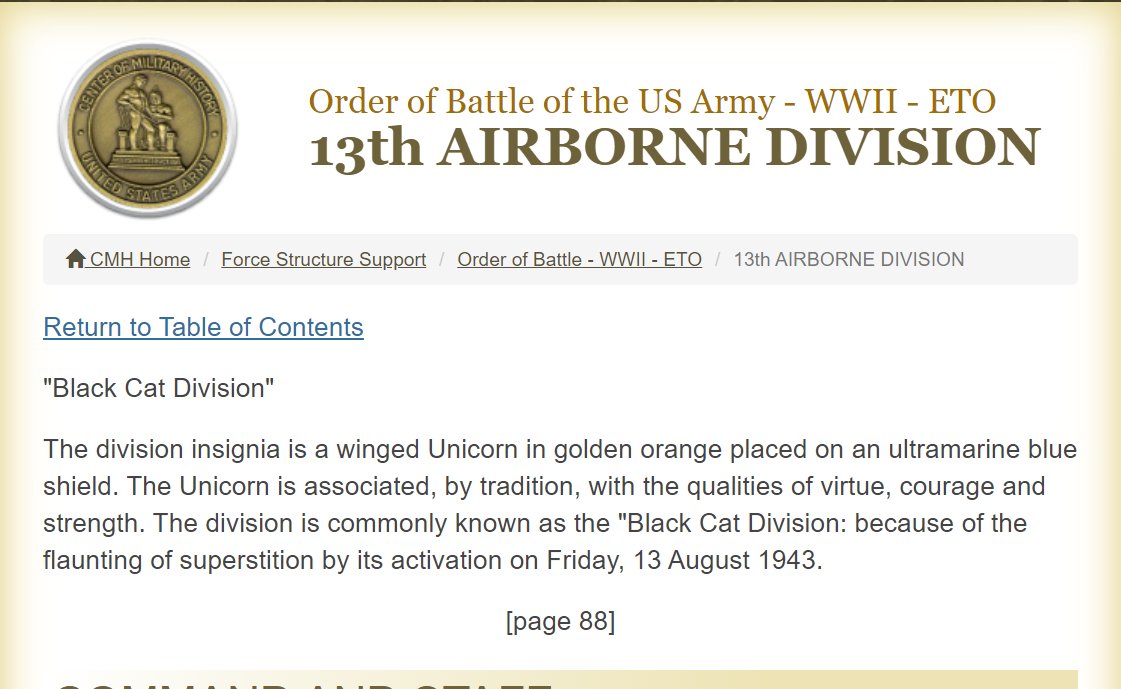
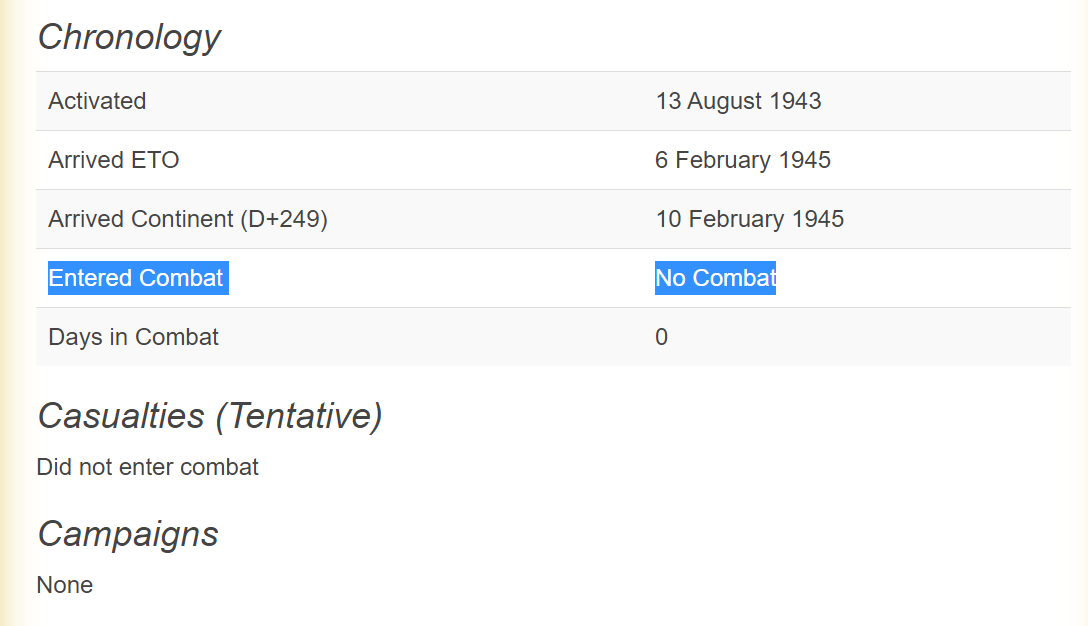

 I feel like “Did not enter combat” is a little much, like the last two lines weren’t emphatic enough." title="14 of 56No casualties? https://abs.twimg.com/emoji/v2/... draggable="false" alt="🤨" title="Gesicht mit hochgezogener Augenbraue" aria-label="Emoji: Gesicht mit hochgezogener Augenbraue">I feel like “Did not enter combat” is a little much, like the last two lines weren’t emphatic enough." class="img-responsive" style="max-width:100%;"/>
I feel like “Did not enter combat” is a little much, like the last two lines weren’t emphatic enough." title="14 of 56No casualties? https://abs.twimg.com/emoji/v2/... draggable="false" alt="🤨" title="Gesicht mit hochgezogener Augenbraue" aria-label="Emoji: Gesicht mit hochgezogener Augenbraue">I feel like “Did not enter combat” is a little much, like the last two lines weren’t emphatic enough." class="img-responsive" style="max-width:100%;"/>
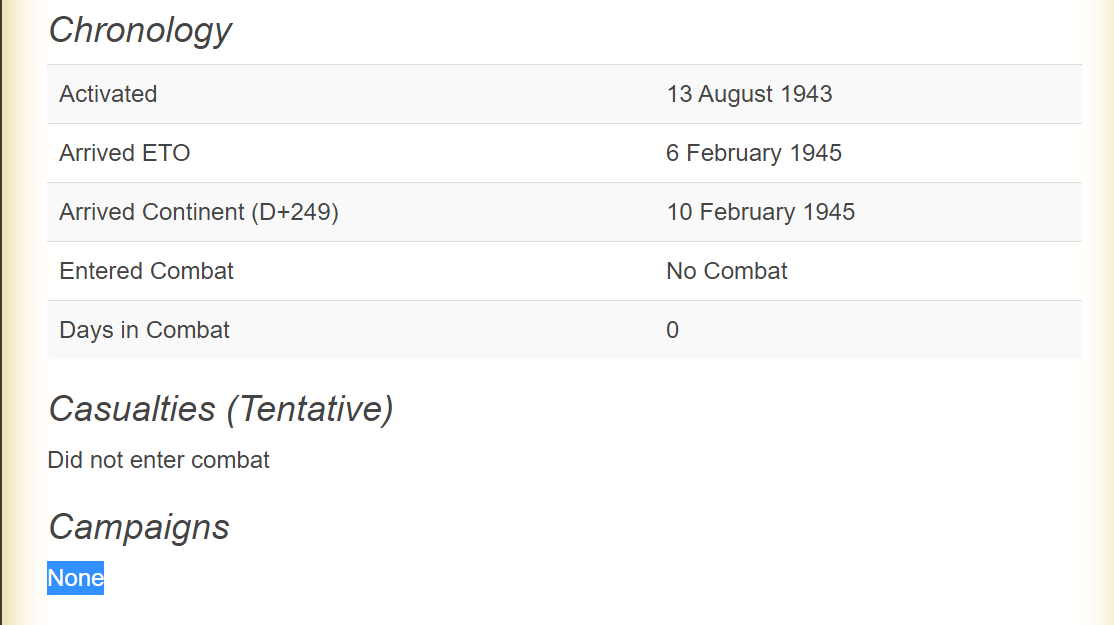



![21 of 56Hell, even the 11th - with their one combat jump - has a book!!! [and it’s a REALLY good one] 21 of 56Hell, even the 11th - with their one combat jump - has a book!!! [and it’s a REALLY good one]](https://pbs.twimg.com/media/EfT7_PbXkAELrjw.jpg)

